The links provided below will take you to the unit webpages on Baylor’s BioEd Online website.

Alcohol
Grades 6–8 and 9–12: The Alcohol teaching unit tackles the tough subject of alcohol and alcoholism with candor backed by cutting-edge scientific research. Hands-on activities make students think about alcohol in a totally different way.
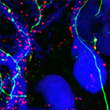
Brain Chemistry
Grades 6–8 and 9–12: Students explore chemical communication in the brain and body, and how our choices can affect brain function and performance. The integrated unit includes a storybook, Legacy of Lost Canyon, Explorations magazine, and language arts worksheets.
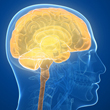
Brain Comparisons
Grades 3–5 and 6–8: Students learn the brain has three main parts, the skull provides protection for the brain, brains differ in size and shape among animals, and more. The integrated unit includes a storybook, Skullduggery, Explorations magazine, and reading worksheets. The teacher’s guide may be used alone with middle school students.

Complex Traits
Grades 6–8 and 9–12: Students use the domestic dog as a model to learn about genetics, DNA, genetic testing, phenotypes, alleles, SNPs, and mutations related to desirable and/or harmful effects in certain dog breeds.
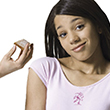
Food and Fitness
Grades 6–8: Students consider their individual energy and nutritional needs, learn about calories and true portion sizes, and use what they’ve learned to create special dietary needs menus. Featured reading: “The Science of Nutrition Research.”

Heart and Circulation
Grades 6–8: Students study the heart’s structure and function, blood pathways, how volumes of blood are moved through the body, and the effects of exercise and of microgravity on the heart. Featured reading: “The Science of Cardiac Research.”

HIV/AIDS
Grades 6–8 and 9–12: Students research HIV/AIDS and discover how diseases spread; learn the structure, function and replication cycle of HIV virus particles; and act as epidemiologists while using real data to track the spread of HIV/AIDS around the world.

Invisible Threats
Grades 6–8 and 9–12: Students read about polio’s impact on one family, and the race to find a cure for a deadly virus that in a matter of hours, kills baby Asian elephants. Students also explore how infectious diseases are contracted and treated, the role of vaccines, and the link between infectious diseases and climate change.
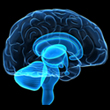
Memory and Learning
Grades 3–5 and 6–8: Students probe how their brains store and retrieve information, and subsequently, how to be more effective learners. Science activities are integrated with a storybook, Danger at Rocky River, Explorations magazine, and reading worksheets. The teacher’s guide may be used alone with middle school students.
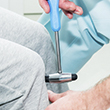
Motor System
Grades 3–5 and 6–8: Students explore neurons and one of the communication networks of the body, the motor system, which is involved in producing movement of the body or parts of the body by way of cellular communication to and from the brain. Science activities are integrated with a storybook, Trouble at Tsavo, Explorations magazine, and reading worksheets. The teacher’s guide may be used alone with middle school students.
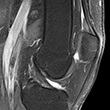
Muscles and Bones
Grades 6–8: Students evaluate bone and muscle structure, physical stress and nutrition, the body's center of gravity, and ways to prevent muscle and bone loss. Featured reading: “The Science of Muscle Research.”

Operation Rescue
Grades 6–8: Students discover through simulation activities, how people work together to solve a human problem, bringing together science, technology, engineering, mathematics, and geography in a practical life or death situation based on a real disaster—a massive typhoon that struck the Philippines in 2013.

Scientific Decision Making
Grades 6–8 and 9–12: Students discover how evidence-based decision-making can help them make better choices in every day life as they act as health care providers working to solve three patient cases—one of which may be of a person having a heart attack. Using vital signs and symptoms, students decide which tests to run in order to solve the cases.
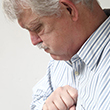
Scientific Decision-Making: Supplementary Activities
Grades 6–8 and 9–12: Students study the heart and cardiovascular system, build a model of coronary artery disease, learn about signs and symptoms of a heart attack, and create a poster focusing on what they have learned.
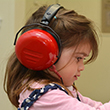
Sensory System
Grades 3–5 and 6–8: Students investigate the components of the sensory system, specialized receptor neurons that receive different types of information, and send the information to the brain for processing. Science activities are integrated with a storybook, The Cookie Crumbles, Explorations magazine, and reading worksheets. The teacher’s guide may be used alone with middle school students.

Sleep and Daily Rhythms
Grades 6–8: Students explore the day/night cycle and seasonal cycles on Earth; create and use sundials; and investigate circadian rhythms, sleep patterns and factors affecting the quality of sleep. Featured reading: “Sleeping in Space.”

Think Like an Engineer
Grades 6–8: Students follow an engineer's approach as they identify problems, brainstorm solutions, design a plan, build, test, refine and produce a product or solution. STEM activities include designing and building ring-wing gliders, boomerangs, javelin rockets, catapults, wind-up racers, rocket cars, roller coasters and kinetic art.








